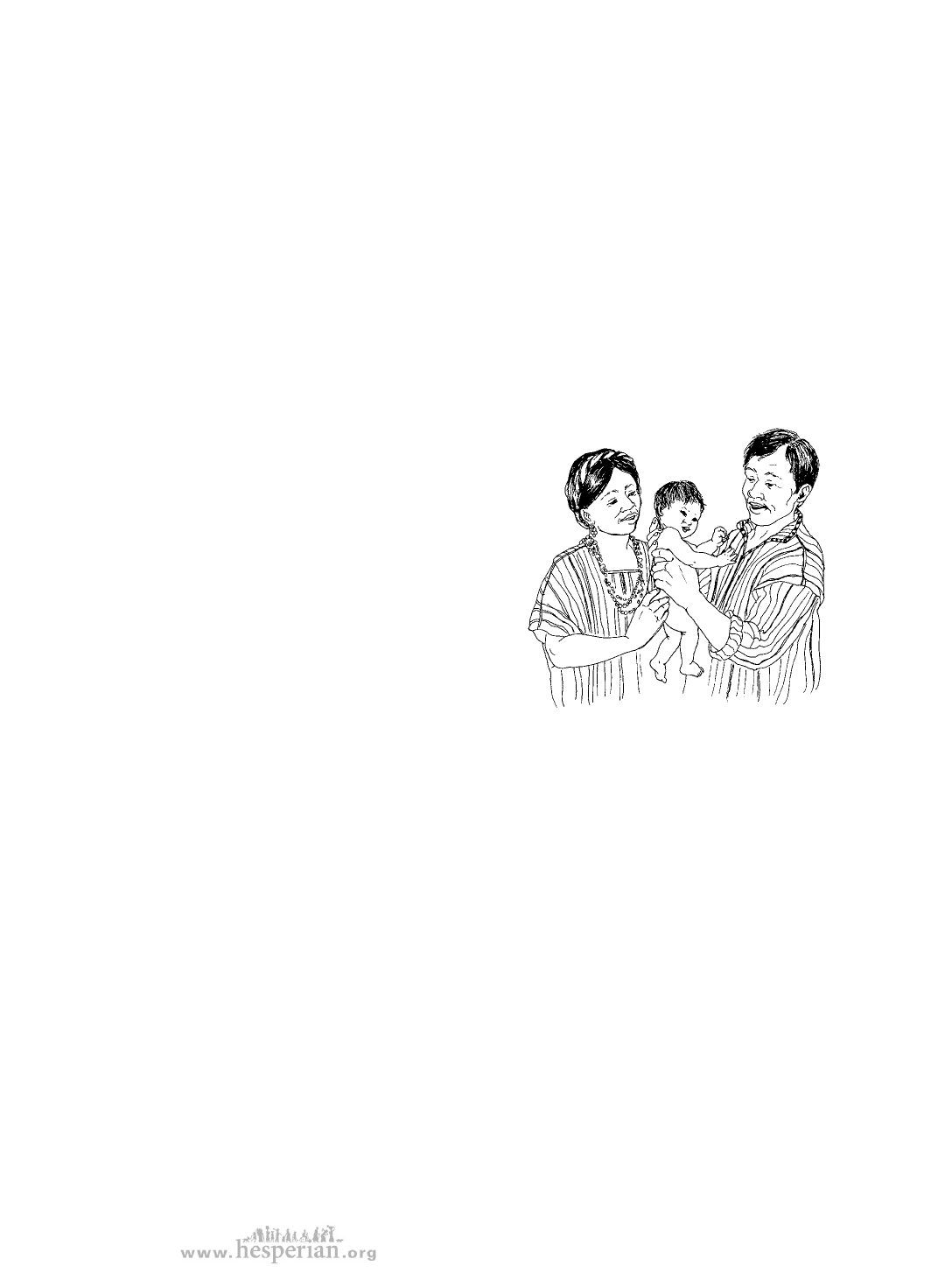
where to get more information 245
Speak to Me! (1995, 154 pages)
Marcia Calhoun Forecki
Gallaudet University Press
(see address on page 242)
A down-to-earth account of how a single
mother copes with accepting her
18-month-old son’s deafness.
Teaching Children to Protect
Themselves (2000, 154 pages)
F. Briggs and M. McVeity
Allen & Unwin
83 Alexander Street
Crows Nest NSW 2065, Australia
phone: (61-2) 8425-0100
fax: (61-2) 9906-2218
email: frontdesk@allen-unwin.com.au
web site: www.allenandunwin.com
A handbook that offers guidance to
teachers and counselors on how to protect
young children from sexual abuse. It has
many useful activities to help children
learn about staying safe.
Understanding Deafness
(2003, 28 pages)
National Deaf Children’s Society
(NDCS), UK
(see address on page 241)
An introductory guide to different types
of deafness, hearing tests, audiograms,
communication, and language.
When Your Child is Deaf: A guide for
parents (2002, 191 pages)
David Luterman and Mark Ross
York Press, Inc.
PO Box 594
Timonium, MD 21094, USA
phone inside the US: (800) 962-2763
fax: (1-410) 560-6758
email: info@yorkpress.com
website: www.yorkpress.com
Information, advice, and encouragement
for parents about the emotional and
educational processes of coming to terms
with a hearing impairment in their child.
You and Your Deaf Child: A self-help
guide for parents of deaf and hard-of-
hearing children (1998, 240 pages)
John Adams
Gallaudet University Press
(see address on page 242)
This down-to-earth book focuses on
feelings about hearing loss, the importance
of communication in the family, and
effective behavior management. Many
chapters contain practical activities and
questions to help parents learn new skills.
Appendices include references, general
resources, checklists, and guidelines for
evaluating educational programs.
The Young Deaf Child (1999, 214 pages)
David M. Luterman and others
York Press, Inc.
(see address at left)
This book provides information to guide
caregivers in raising a deaf child when
hearing loss is discovered. It presents
historical information plus the choices that
are available so that parents can decide
what is right for their family. The authors
recognize that each family is different and
has their own needs, so no one method is
advocated over another.
Helping Children Who Are Deaf (2004)